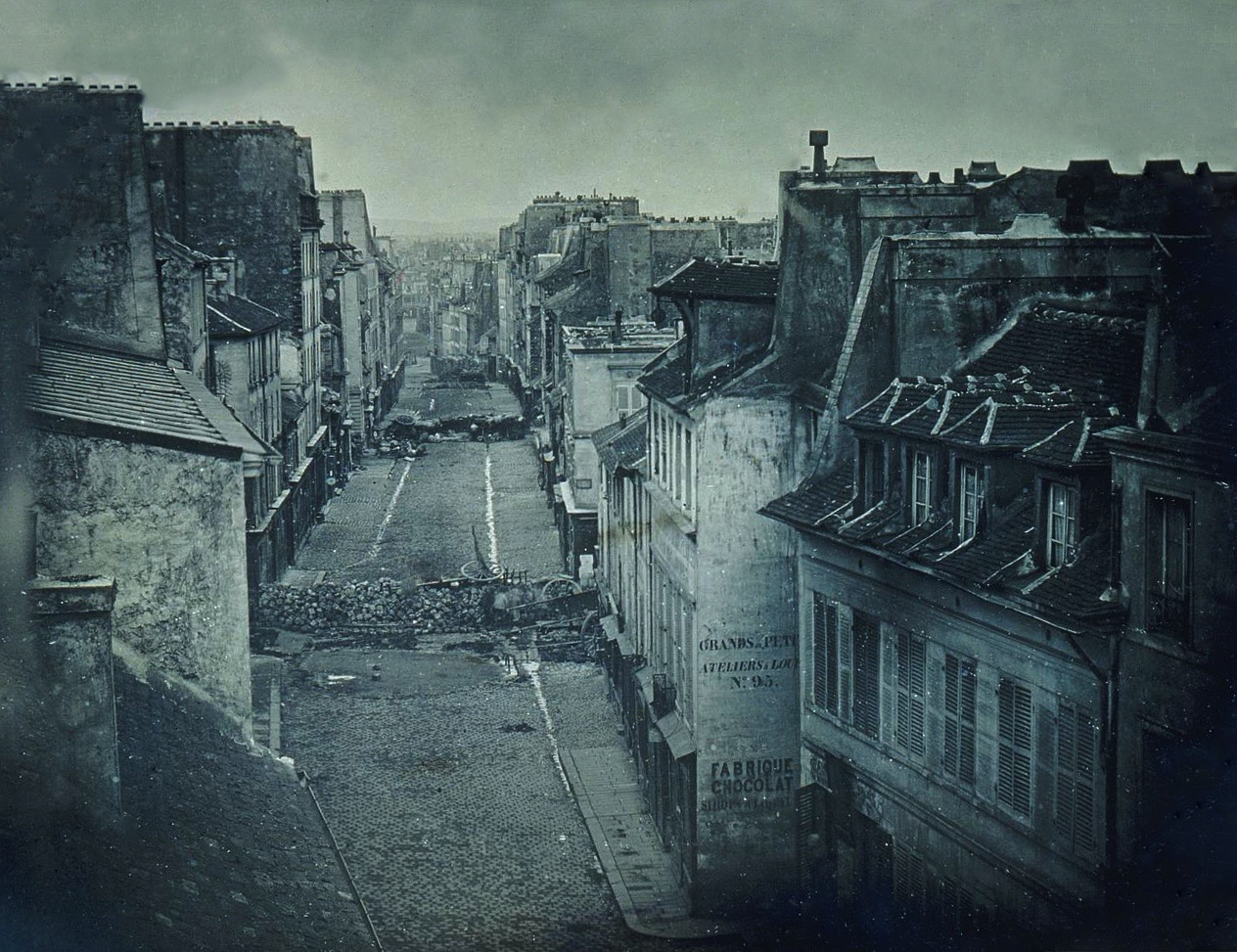
Figure 1 – Barricades on the Rue Saint-Maur, before the attack, June 25, 1848. Daguerreotype in the collection of theMusée d’Orsay (Paris); (Image reference : 02CE10881/PHO2002-41 — 02CE10879/PHO 2002-42) and in the public domain because of its age.
All of this talk about nineteenth century photography keeps taking me to its origins in France. Those were unsettled times in France. I have always found 19th century French history enormously complex. But it bears the indelible fact that Democracy is a fragile dedication, and you cannot take it for granted. In 1830 Charles X was forced to abdicate and Louis Philippe, the Bourgeois Monarch, assumed the throne. Louis Phillipe was a businessman and he exploited his monarchy to become enormously wealthy. On the surface, he claimed to be a supporter of the little business man (the petite bourgeoisie). Reality was otherwise. Discord fermented, Workers lost their jobs, bread prices rose, and people accused the government of corruption. Alexis de Tocqueville put it succinctly,
“We are sleeping together in a volcano. … A wind of revolution blows, the storm is on the horizon.”
In February of 1848, a revolution toppled King Louis Philippe and established an elected government, the Second Republic, to rule France. This government steered an increasingly conservative course. On June 23, 1848, the people of Paris rose in insurrection. This is the June Days Uprising by Paris’ workers. Again, democracy was fragile. On December 2, 1848, Louis Napoleon Bonaparte was elected President of the Second Republic, largely on peasant support. Exactly four years later he suspended the elected assembly, establishing the Second French Empire, which lasted until 1870 and the Franco-Prussian War.
As we look forward, we should look back. And here photography once again gives us the frozen in silver opportunity. Figure 1 is a daguerreotype showing the barricades along the Rue Saint-Maur before the attack on June 25, 1848. What connects us in human terms are the apartment windows looking over the street, the man working on the barricades, and the store advertisements on the sides of the building – the chocolate shop.To me it is amazingly eerie in the mood that it creates and the remarkable clarity and sharpness.
